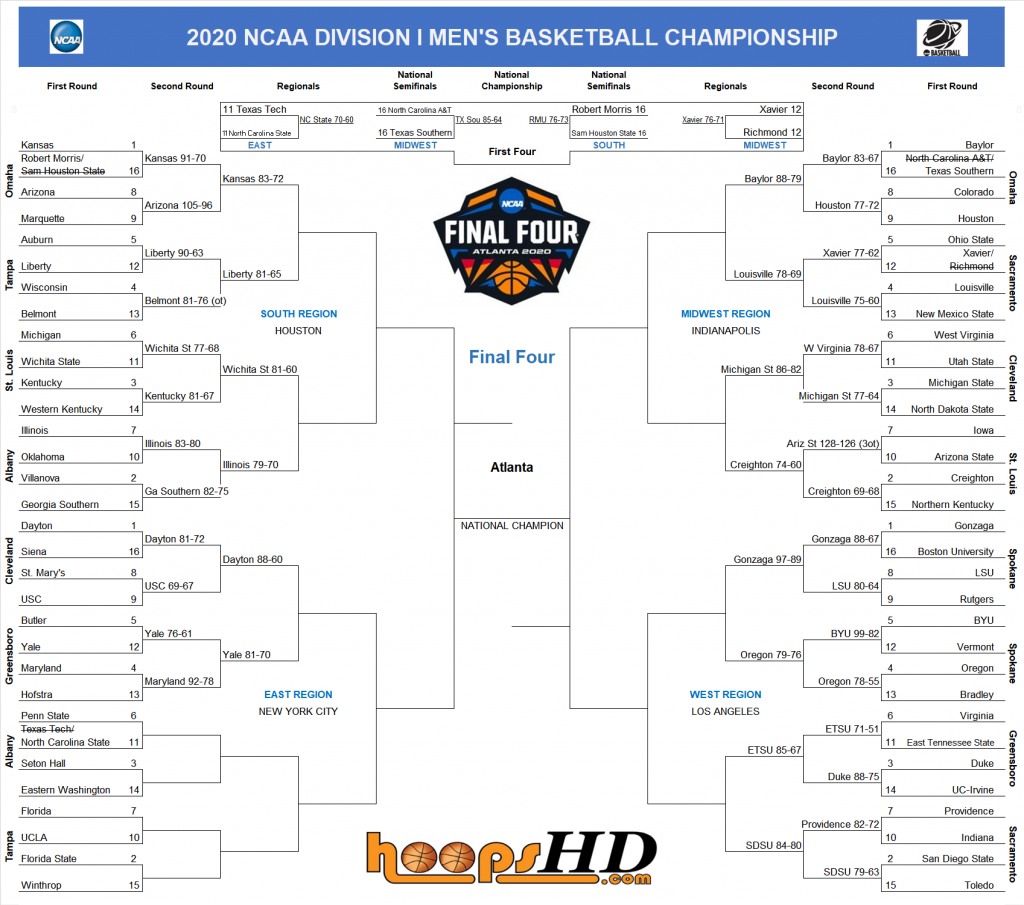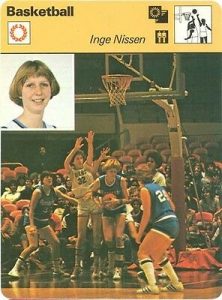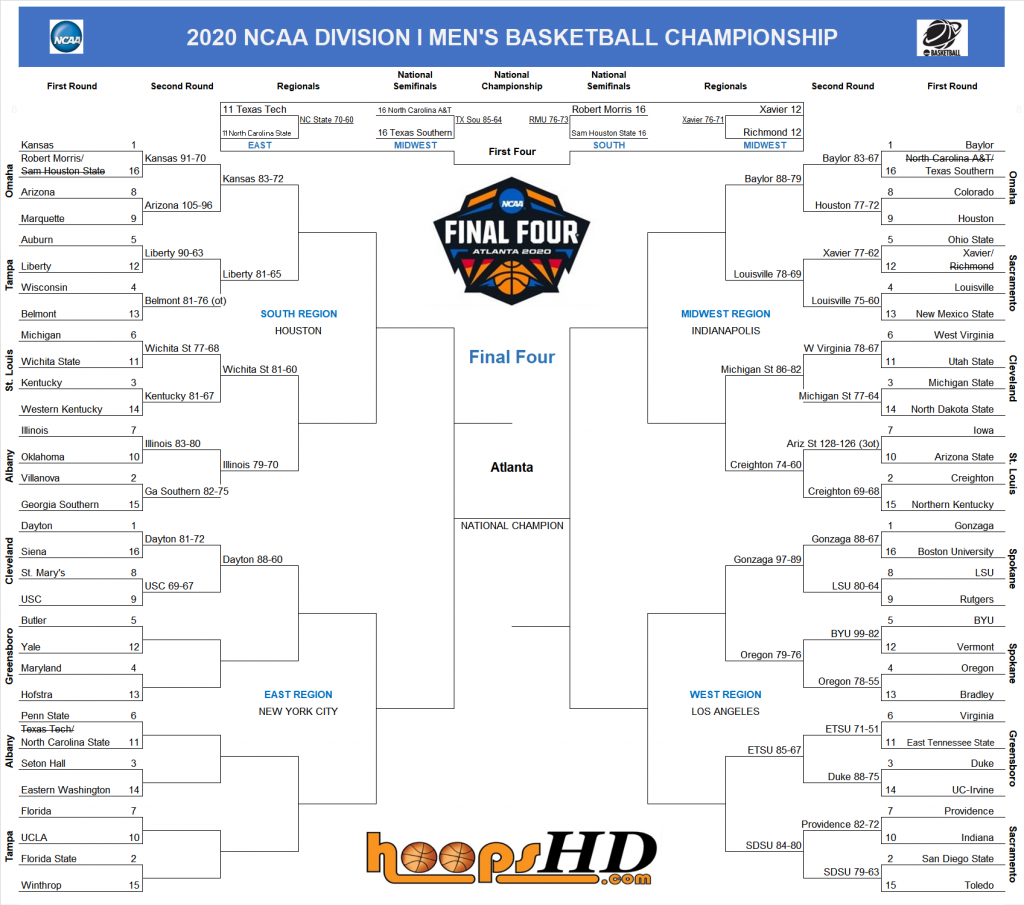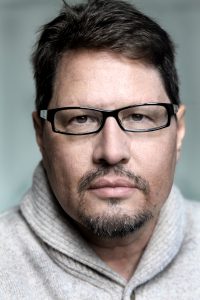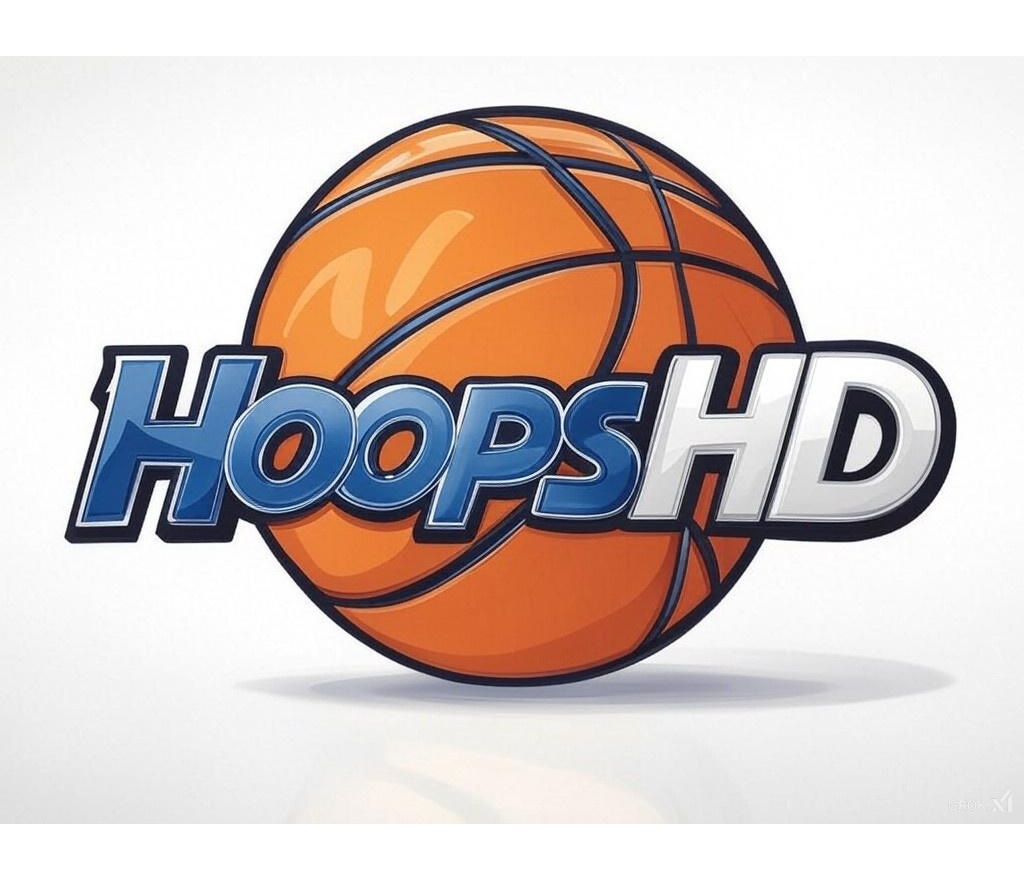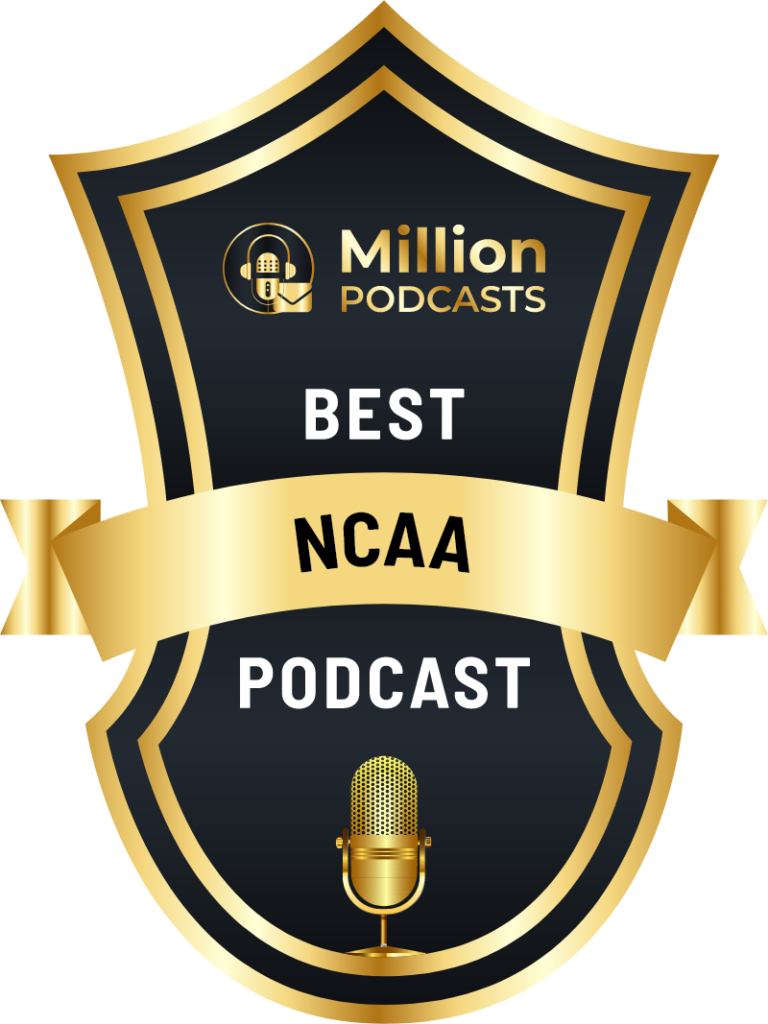HoopsHD continues its simulation of what would have happened in TTTW (The Tournament That Wasn’t). Up next it is time to continue with the First and Second rounds of the NCAA Tournament as we take a look at the third of four pods in the East Region. Albany, New York was the site for this pod which was headlined by the Big East co-champion Seton Hall Pirates. The Pirates had an amazing 2019-20 season, but would need to find a way to get past Eastern Washington and then the winner of an intriguing Penn State-NC State game to advance to the Sweet 16 in New York City. Who would move on? It is time to find out!
FIRST ROUND – EAST REGION – ALBANY, NEW YORK
(6) Penn State vs (11) North Carolina State
The success of the Penn State basketball team this season was one of the many great stories of the 2019-20 season. The Nittany Lions had not been in the Big Dance since 2011, yet surged out to a strong start and finished the year tied for 5th place in the Big Ten and with an overall record of 21-11. Of course, 4 of those 11 losses came in their last 4 games heading into the Tournament, so it was definitely time for Penn State to turn things around. Their first round opponent was an NC State team that was among the final few teams to receive an at-large bid into the field. The Wolfpack had been sent to the First Four in Dayton to playing defending national runner-up Texas Tech, and defeated the Red Raiders by ten points to move on to the Round of 64.
Penn State was in a bit of a tailspin at the end of the season, and if that continued in this game, their season would be over. Unfortunately for the Nittany Lions, that is exactly what happened. NC State jumped out early, building a lead as large as 13 points in the first half and taking a 49-39 advantage into the break. The second half started out with more of the same, but Penn State finally put together a run and cut the lead down to 2 with just under 10 minutes left to play. However, that was as close as they would get, as the Wolfpack took control again, extending the lead to as many as a dozen and only letting a couple of 3-pointers in the finals minute make the score look somewhat respectable. The Wolfpack won 84-77 behind 25 points from Markell Johnson and advanced to the Round of 32 to await the winner of Seton Hall and Eastern Washington.
Final Score: (11) North Carolina State 84, (6) Penn State 77
(3) Seton Hall vs (14) Eastern Washington
The Seton Hall Pirates finished the Big East regular season in a three-way tie for first place, though they had actually been up by two games in the league standings before dropping their final two games heading into the conference tournament. Despite those late losses, the Pirates still had an amazing season and were certainly worthy of the 3-seed the Selection Committee had given them. Their quest for a spot in the Final Four began with the Big Sky champion Eastern Washington Eagles. The Big Sky had been a a tough three-way battle most of the season between EWU, Northern Colorado and Montana, but the Eagles had taken the regular season crown by a game and found a way to follow that up with the conference tournament title and automatic bid. However, having to travel cross-country to Albany to battle one of the top teams in the Big East appeared to be a huge task for this team.
Seton Hall may have been the heavy favorite, but the Eagles came ready to play, hanging tough with the Hall the entire first half and heading to the break only down by four points. When Mason Peatling nailed a 3-pointer with 10:37 left to play to give Eastern Washington a 56-54 lead, the upset alerts began to go off across the college basketball world. The teams proceeded to exchange the lead for the next five minutes until a pair of shots by Myles Powell, one of which came from beyond the arc, pulled the Pirates out to a 7-point lead that they would not relinquish. The Eastern Washington Eagles had played their hearts out, but at the end of the day Seton Hall was moving on with an 87-77 win behind 24 points from Powell and a double-double from Romaro Gill.
Final Score: (3) Seton Hall 87, (14) Eastern Washington 77
SECOND ROUND – EAST REGION – ALBANY, NEW YORK
(3) Seton Hall vs (11) North Carolina State
A spot in the Sweet 16 at Madison Square Garden was on the line in the Big East vs ACC battle between Seton Hall and NC State. The Hall had been given all they could handle in the first round from a tough Eastern Washington team, but Myles Powell and company had found a way to survive and advance to this game. NC State had already won two games in the Tournament, having taken down a Big 12 team, Texas Tech, in the First Four and followed that up with a Big Ten team, Penn State, in the Round of 64.
The game was tight throughout most of the first half, though Seton Hall made a small push right before the break and was able to open up a 48-40 advantage. The second half was a different story altogether. Myles Powell, who finished the game with 29 points, was on fire after the break and the Wolfpack were simply unable to hang around close enough to make a run. Seton Hall cruised to a 96-73 win and punched their ticket for a trip to New York City.
Final Score: (3) Seton Hall 96, (11) North Carolina State 73


